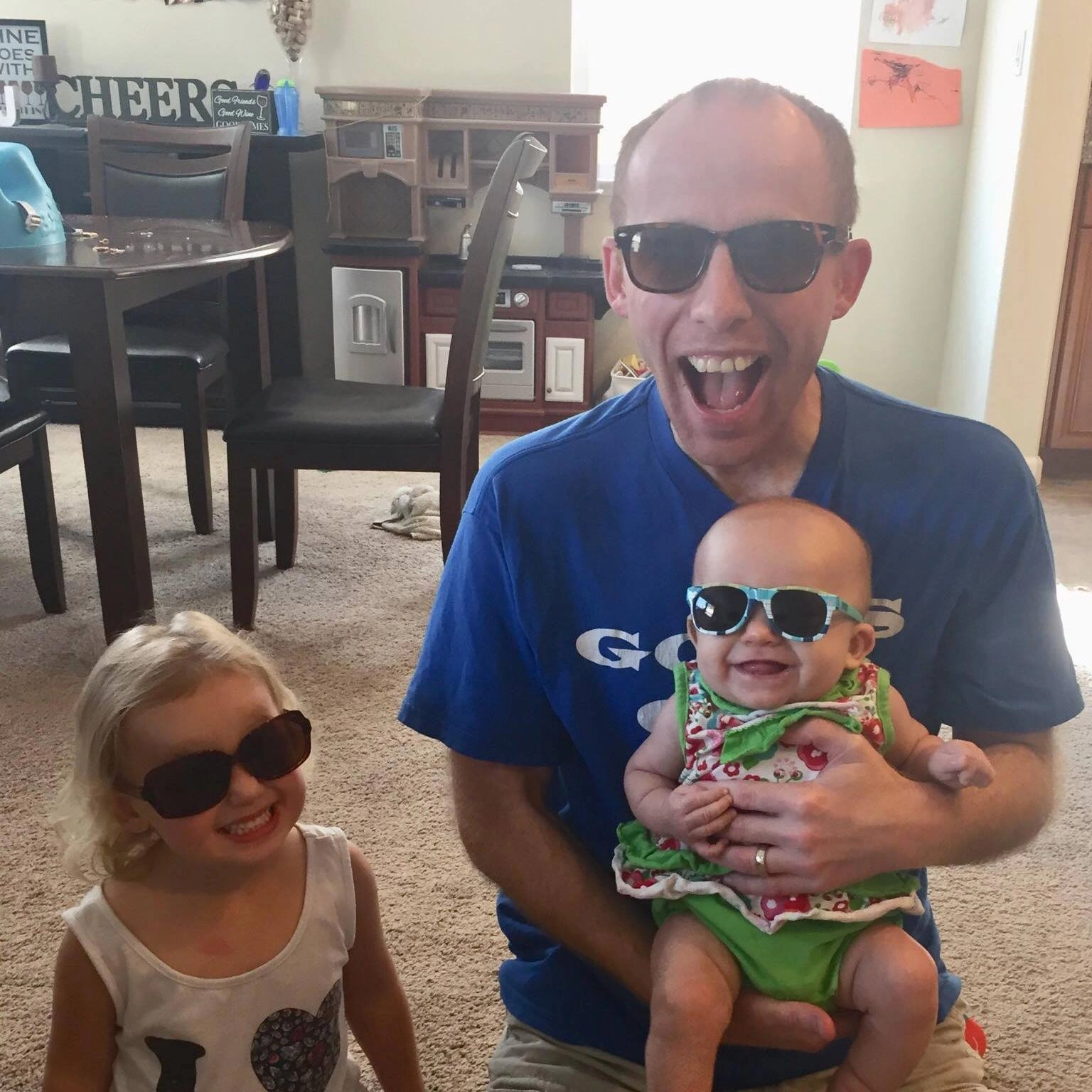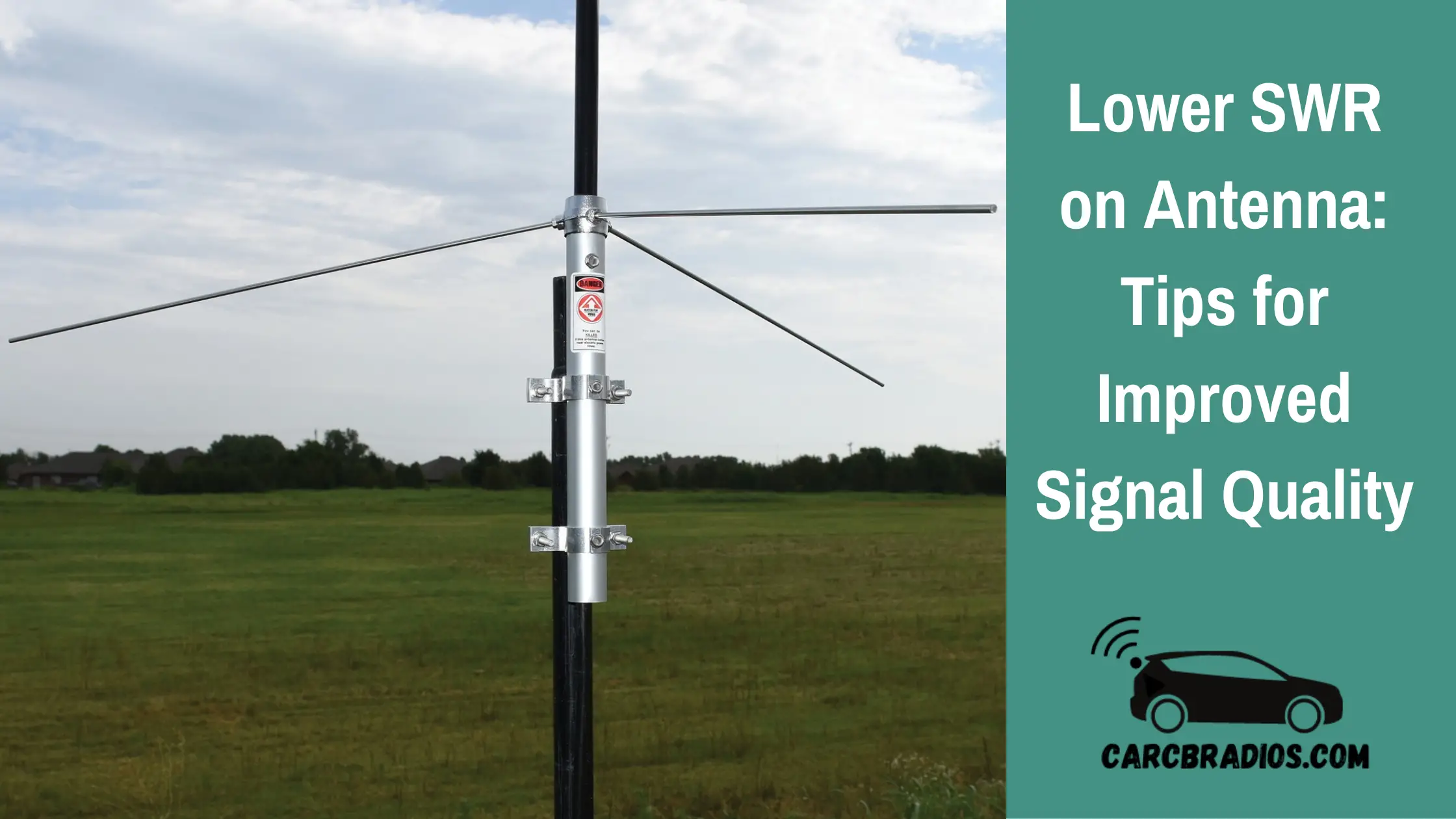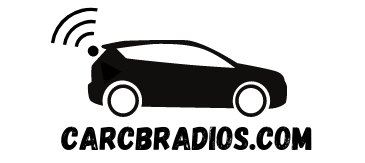By: Jeremy Neisser
Are you struggling to optimize the performance of your radio and antenna due to high SWR? Look no further as I provide a step-by-step guide and valuable tips to lower SWR on CB antenna. By following these instructions, you can ensure that your equipment is working at its best and prevent damage.
In this article, I will discuss what causes a high SWR, tips to choose an SWR meter, and what happens if SWR is too high. Additionally, I will provide a conclusion summarizing the key takeaways from this guide.
Lower SWR on Antenna -Key Takeaways
Learn how to lower SWR on CB antenna with a step-by-step guide and valuable tips
Understand the causes of high SWR and how to choose an SWR meter
Prevent damage to your equipment by optimizing its performance
A Step-by-step Guide to Lower SWR on Antenna
1. What You Need to Prepare
To lower SWR on your antenna, you will need the following materials:
SWR Meter
Vise
Bolt cutter
Stud
Metal sheet
Coax cable
2. Pick an Open Space
To get accurate SWR readings, pick an open space with no physical obstructions like buildings, trees, or electrical posts that can distort signals.
3. Connect the SWR Meter
Disconnect the radio and the antenna. Attach the end of the coaxial cable that previously connected the antenna to your SWR meter. Look for ANT or Antenna to know the right place to attach the cable. Work on another cable to connect the SWR meter to the radio.
4. Turn the SWR Meter On
Power on the meter. In newer models, you’ll find the power button in front. Some models will have it on the side. Nonetheless, you can also find models without a power button.
5. Calibrate the SWR Meter
If you are using an analog meter, rotate the calibration dial clockwise until the needle is stationary.
6. Tune in to Channel 1
Go to the lowest frequency on your CB radio, which is Channel 1. While doing this, the switch in the meter should be in the Forward position. Hold the mic’s transmit button. This activates the transmitter and sends the signal the meter has to evaluate. Once it reaches Set, flip the Ref switch in the meter and record the number shown in the display.
7. Tune in to Channel 40
Repeat the process above on the highest channel in your CB radio, which is Channel 40.
8. Evaluate the Reading
If your readings are above 2, your SWR is too high. You need to fix it.
9. Shorten the Antenna
Reducing the antenna’s length is one of the most common solutions to minimize high SWR on 1 and 40. Put the antenna in a stable position and secure it in a vise. Cut the antenna by .5cm using a bolt cutter. Return the antenna to its base, secure it in its original position, and check the SWR. If it’s still not low, repeat the cutting.
10. Correct the Placement of the Antenna
Reposition the antenna if needed. In most cases, positioning it next to the cab or metallic objects can make the SWR high.
11. Ensure Proper Grounding
Ground the antenna properly to the chassis. Fixing it is an easy solution. Run a thick wire along the chassis, using a wire with a rating of at least ten amps. Putting a metal plate under the antenna base can also help.
12. Fix the Coaxial Cable
Check the coaxial cable and straighten it when there are coils. It should not have any damage.
13. Tighten the Stud Washer
Use a nylon washer to prevent a short. Testing continuity is easier with a multimeter.
That’s it! Follow these simple steps to lower SWR on your antenna and optimize your CB radio’s performance.
What Causes a High SWR?
When I encounter a high SWR reading, I know that there are several factors that could be contributing to the issue. These include conductivity between the cable and external components of the antenna, incorrect positioning of the antenna, dirt buildup that could short parts of the antenna, incorrect connection between the radio and antenna, defective coax, and lack of proper ground plane.
Tips to Choose an SWR Meter
When choosing an SWR meter, there are several factors to consider. Here are some tips to help you make the right choice:
Digital or Analogue: Both types of SWR meters are accurate. However, digital SWR meters are easier to read.
Power Rating: SWR meters are designed to handle different power ratings. Most models can measure up to 100 watts, while higher-end alternatives can measure up to 500 watts. Some models are more versatile and offer a selectable power setting.
Frequency Range: If you need an SWR meter for your CB radio, choose one with a range of 26 to 27 MHz. For higher frequencies, you'll need a more capable meter.
Needle Type: Most users prefer a cross-needle display. However, some models come with a single needle.
Display: A good SWR meter should have a visible display, making it easy to use. Look for one that comes with a backlight.
Accuracy: Consider how accurate the SWR meter is. You can read reviews and learn from the experiences of other people to determine the accuracy of the meter.
What Happens If SWR Is Too High?
When the SWR reading is too high, it can lead to damage to the radio, particularly when transmitting. The high SWR can cause high voltage, which can lead to performance issues such as audio distortion. It is important to stop transmitting when the SWR reading is too high to avoid damaging the radio and ensure optimal performance.
Conclusion
In conclusion, lowering the SWR on an antenna requires measuring the actual SWR to confirm if it's high. Once confirmed, there are several ways to adjust the SWR on the antenna, including shortening the antenna, changing the ground plane, fixing the coax cable, and changing its position. It's important to note that these adjustments should be made carefully to avoid damaging the antenna or reducing its performance. As the content editor and writer at Wind Up Radio, I have learned a great deal about radio communications and radio accessories, and I hope this guide has been helpful in improving your understanding of how to lower SWR on an antenna. Remember to always approach antenna adjustments with caution and seek professional help if needed.
Frequently Asked Questions
What Causes a High SWR?
A high SWR (Standing Wave Ratio) can be caused by a variety of factors, including an improperly matched antenna, poor quality coaxial cable, or a poorly positioned antenna. When the SWR is too high, it means that the antenna is not efficiently transferring power from the transmitter to the receiver, which can result in poor signal quality and potential damage to the radio.
Can SWR Be Too Low?
While a low SWR is generally desirable, it is possible for it to be too low. When the SWR is too low, it can indicate that the antenna is not properly matched to the transmitter, which can result in excessive power being reflected back into the radio and potentially causing damage.
How Does High SWR Damage a Radio?
When the SWR is too high, it means that the antenna is not efficiently transferring power from the transmitter to the receiver. This can result in excessive heat buildup in the radio, which can damage the internal components and potentially cause the radio to fail.
How Do You Reduce High SWR?
To reduce a high SWR, you can try adjusting the position of the antenna, checking the coaxial cable for damage or poor connections, or installing an antenna tuner to help match the antenna to the transmitter. It is important to note that reducing a high SWR requires careful tuning and adjustment, as improper adjustments can actually make the SWR worse.
What Happens If SWR Is Too High?
When the SWR is too high, it means that the antenna is not efficiently transferring power from the transmitter to the receiver. This can result in poor signal quality, decreased range, and potential damage to the radio.
Is a 1.5 SWR Good?
A 1.5 SWR is generally considered to be a good SWR, indicating that the antenna is efficiently transferring power from the transmitter to the receiver. However, it is important to note that the optimal SWR can vary depending on the specific radio and antenna setup, and it is important to carefully tune and adjust the antenna to achieve the best possible performance.

Hi & Welcome!
My name is Jeremy and I have been an avid car nut for many year. My first car was an 1987 Honda CRX. I put in my first Kenwood stereo, amp, 2 10" JLs and a CB Radio in it and have been an avid user of CBs and car radios for years. I'll do my best to share my tips, information and thoughts to help you with whatever question you might have, ABOUT ME
After I graduated from High School, I worked 5 years are Radio Shack and 3 years at Circuit City answering questions and helping customers with various electronics questions.

